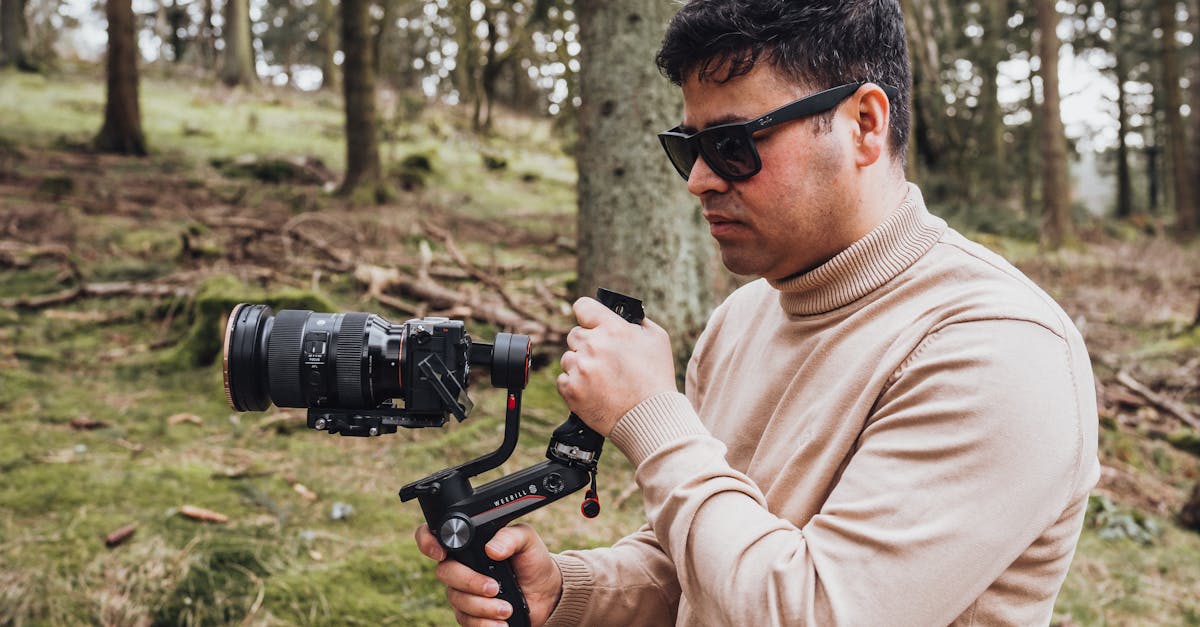Integrating Sonde Cameras into Sewer Maintenance Programs

Sitemap
Table Of Contents
Cost Considerations for Sonde Camera Implementation
When incorporating sonde cameras into sewer maintenance programs, one essential aspect to consider is the initial setup cost. The cost of purchasing sonde cameras can vary depending on the brand, model, and features required for specific sewer system inspections. It is crucial for organisations to carefully budget for the purchase of sonde cameras to ensure they acquire equipment that meets their operational needs and budget constraints.
In addition to the purchase cost, organisations need to factor in ongoing maintenance expenses when implementing sonde cameras. Regular maintenance, calibration, and servicing are necessary to ensure the proper functioning and accuracy of the equipment. Allocating funds for routine maintenance will help extend the lifespan of sonde cameras and minimise the risk of unexpected breakdowns during critical sewer inspections.
Budgeting for Sonde Camera Purchase and Maintenance
When considering the integration of sonde cameras into sewer maintenance programs, one crucial aspect that organisations need to address is the budgeting for the purchase and ongoing maintenance of these devices. Sonde cameras can vary significantly in price depending on the brand, features, and specifications. It is essential for municipalities and utility companies to conduct thorough research to determine the most suitable sonde camera model that meets their operational requirements while staying within budget constraints.
ing sewer inspections. Implementing a proactive approach to maintenance can not only extend the lifespan of the sonde equipment but also enhance the efficiency and effectiveness of sewer maintenance programs in the long run.Copyright © Sewer Camera Services. All rights reserved.
FAQS
What are some cost considerations for implementing sonde cameras into sewer maintenance programs?
Cost considerations for sonde camera implementation may include the initial purchase cost of the equipment, ongoing maintenance expenses, training costs for staff, and potential costs associated with data analysis and interpretation.
How can budgeting be done for sonde camera purchase and maintenance?
Budgeting for sonde camera purchase and maintenance should involve calculating the total cost of ownership over the expected lifespan of the equipment, including factors such as replacement parts, calibration services, and software updates.
What are some best practices for sonde camera calibration?
Best practices for sonde camera calibration include scheduling regular calibration checks with accredited service providers, following manufacturer guidelines for calibration procedures, and documenting calibration results for quality assurance purposes.
How can accurate data collection be ensured in sewer systems using sonde cameras?
To ensure accurate data collection in sewer systems, it is important to properly position the sonde camera within the pipe, conduct regular inspections to detect any malfunctions or inaccuracies, and cross-reference data with other inspection methods for validation.
What are some tips for maintaining sonde cameras?
Sonde camera maintenance tips may include cleaning the equipment after each use, storing it in a dry and secure location, performing routine checks for wear and tear, and following manufacturer recommendations for servicing and repairs to extend the lifespan of the equipment.
Related Links
Understanding Sonde Cameras for Reliable Sewer Line InspectionsSonde Camera Technology for Efficient Sewer Inspections
Key Features to Look for in Sonde Cameras for Sewer Inspections
Enhancing Sewer Inspection Accuracy with Sonde Cameras
Applications of Sonde Cameras in Sewer Pipe Condition Assessments
Benefits of Sonde Cameras in Identifying Sewer Pipe Defects
Importance of Sonde Cameras in Sewer Pipe Assessments